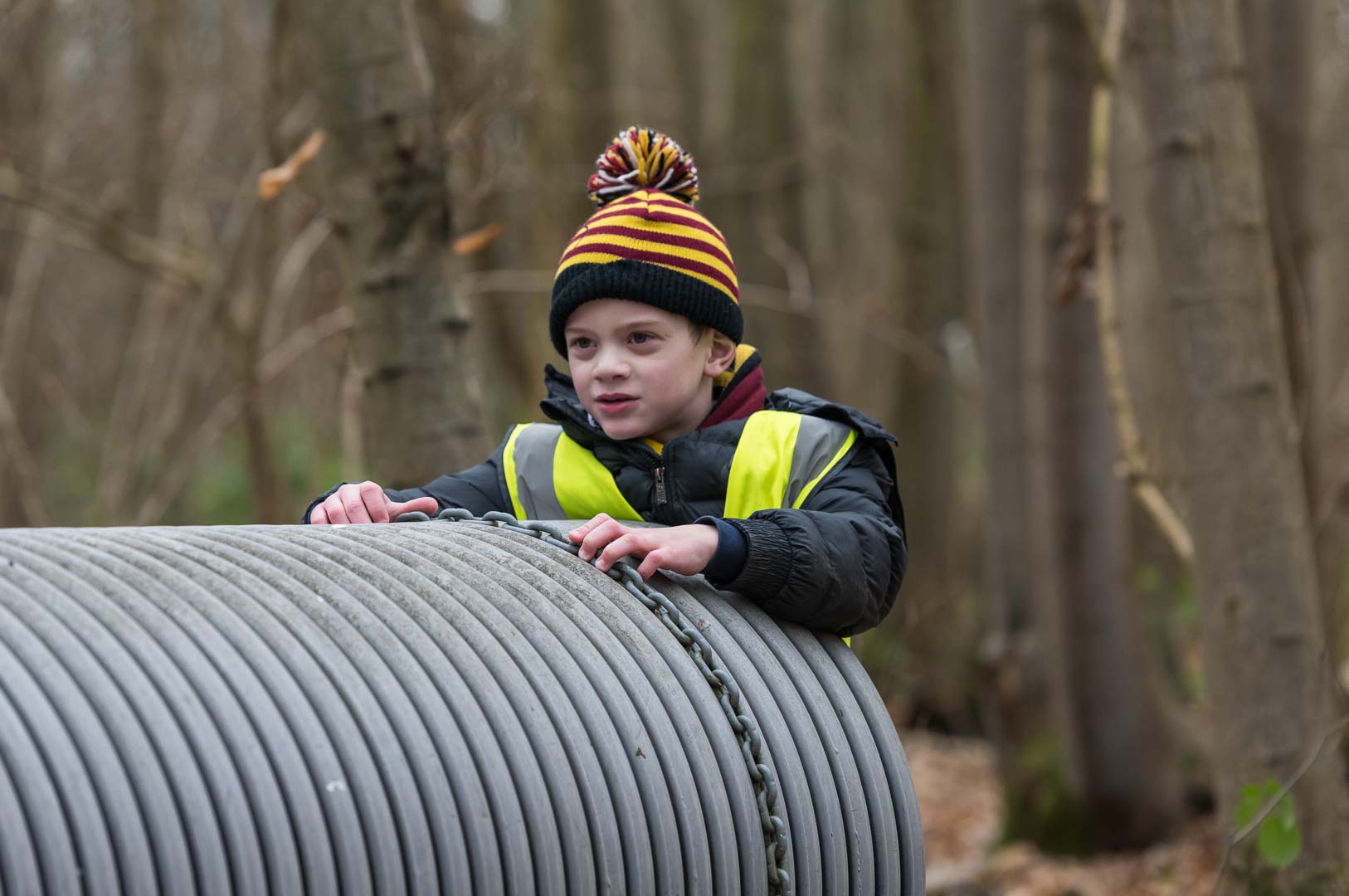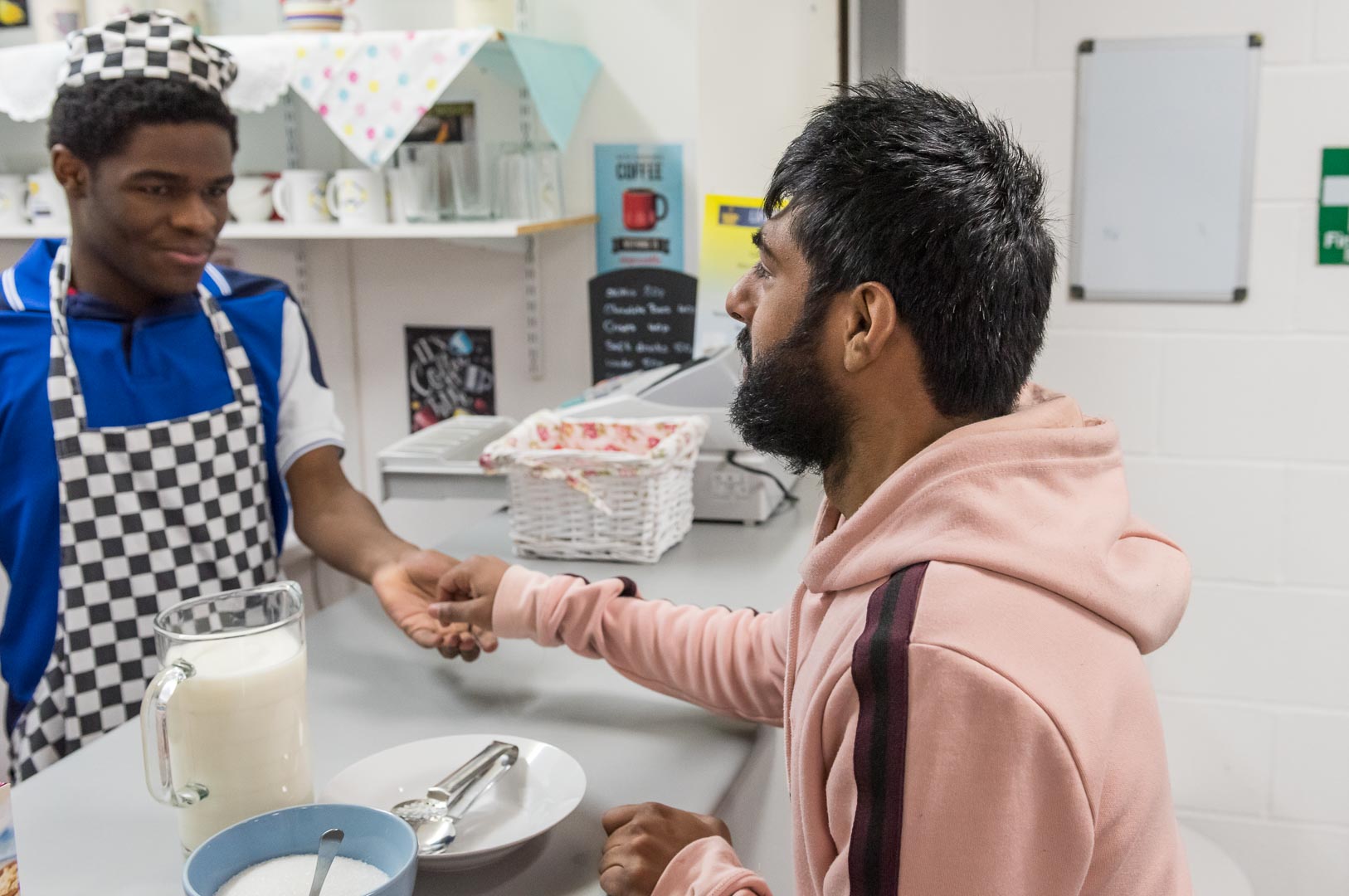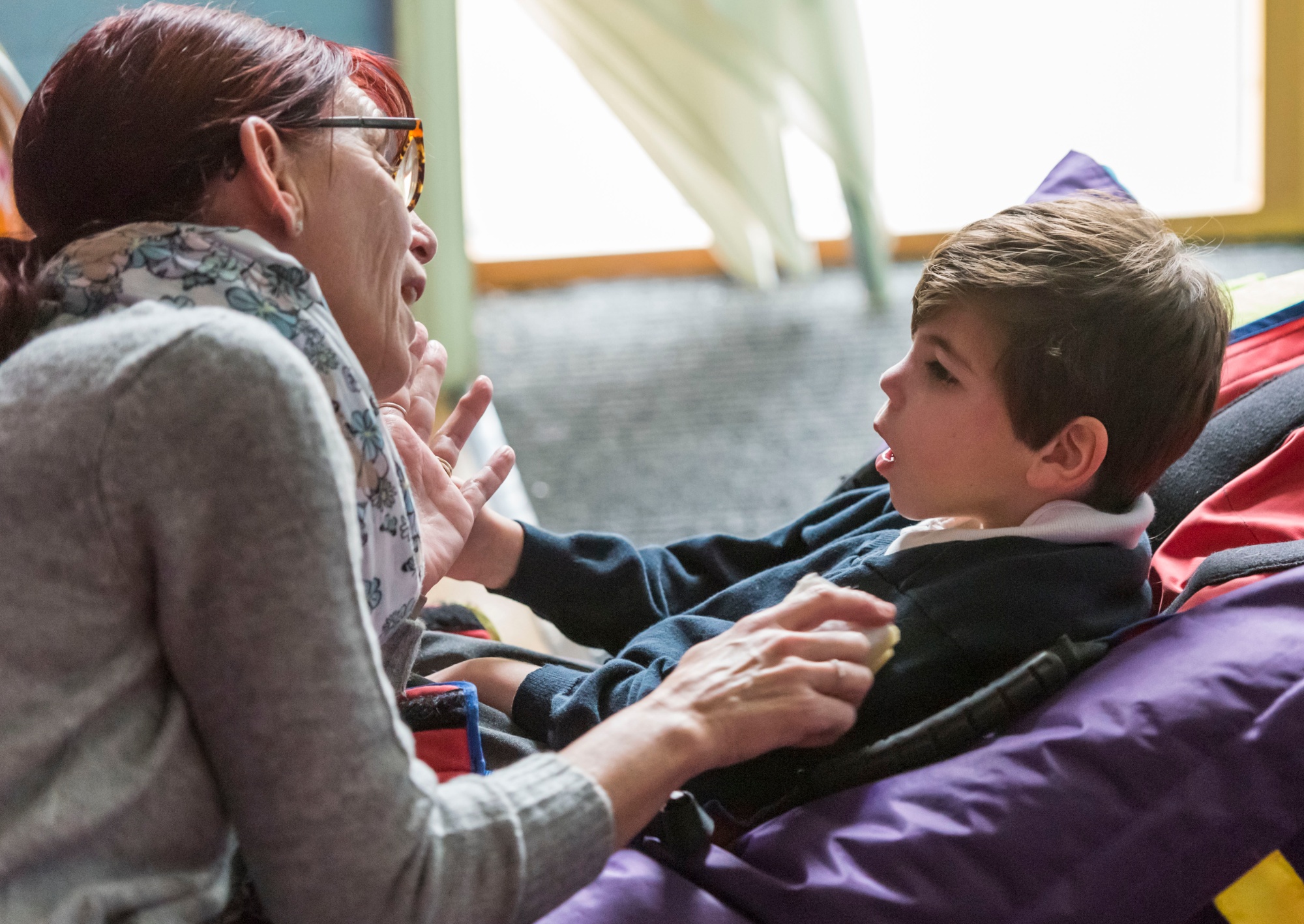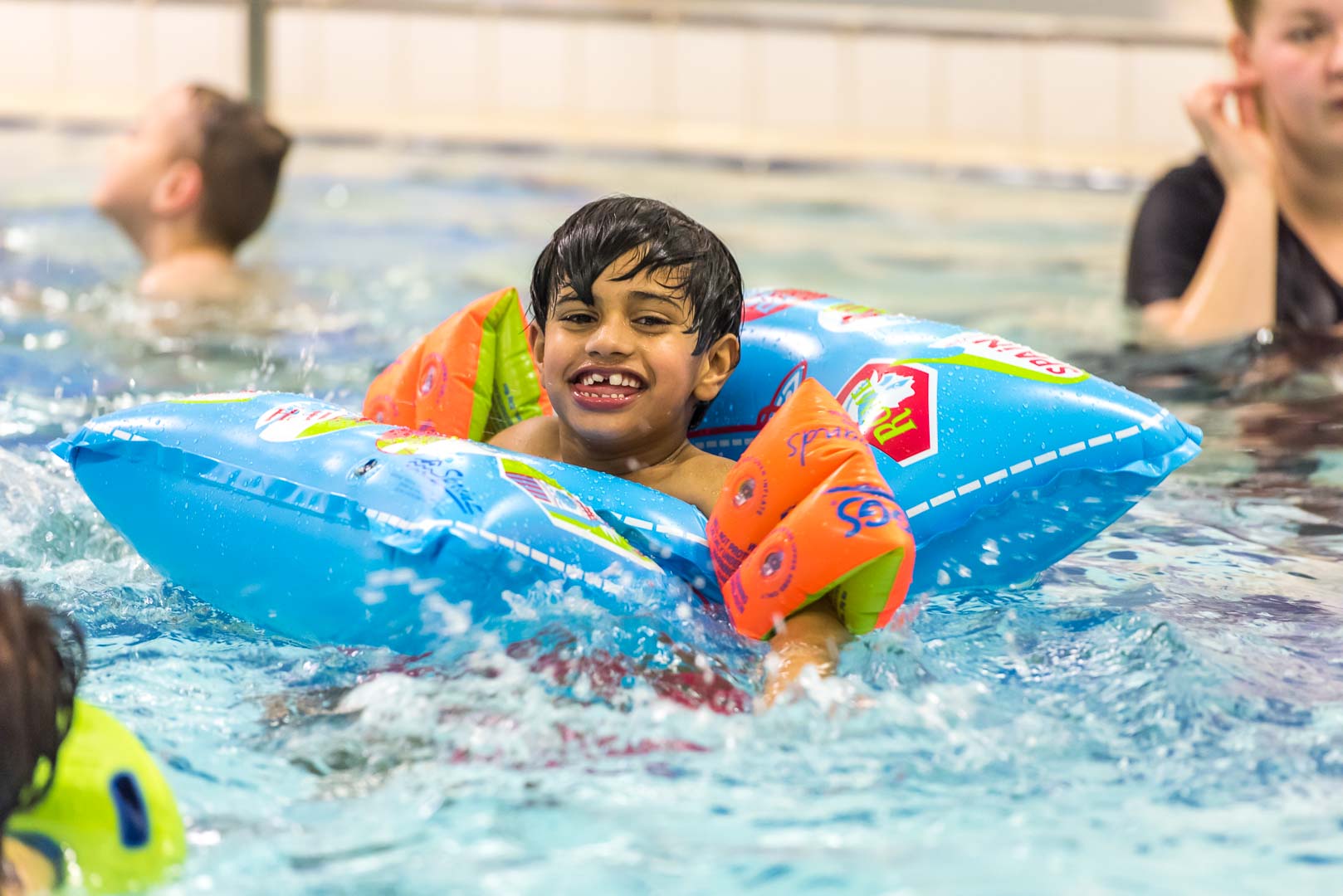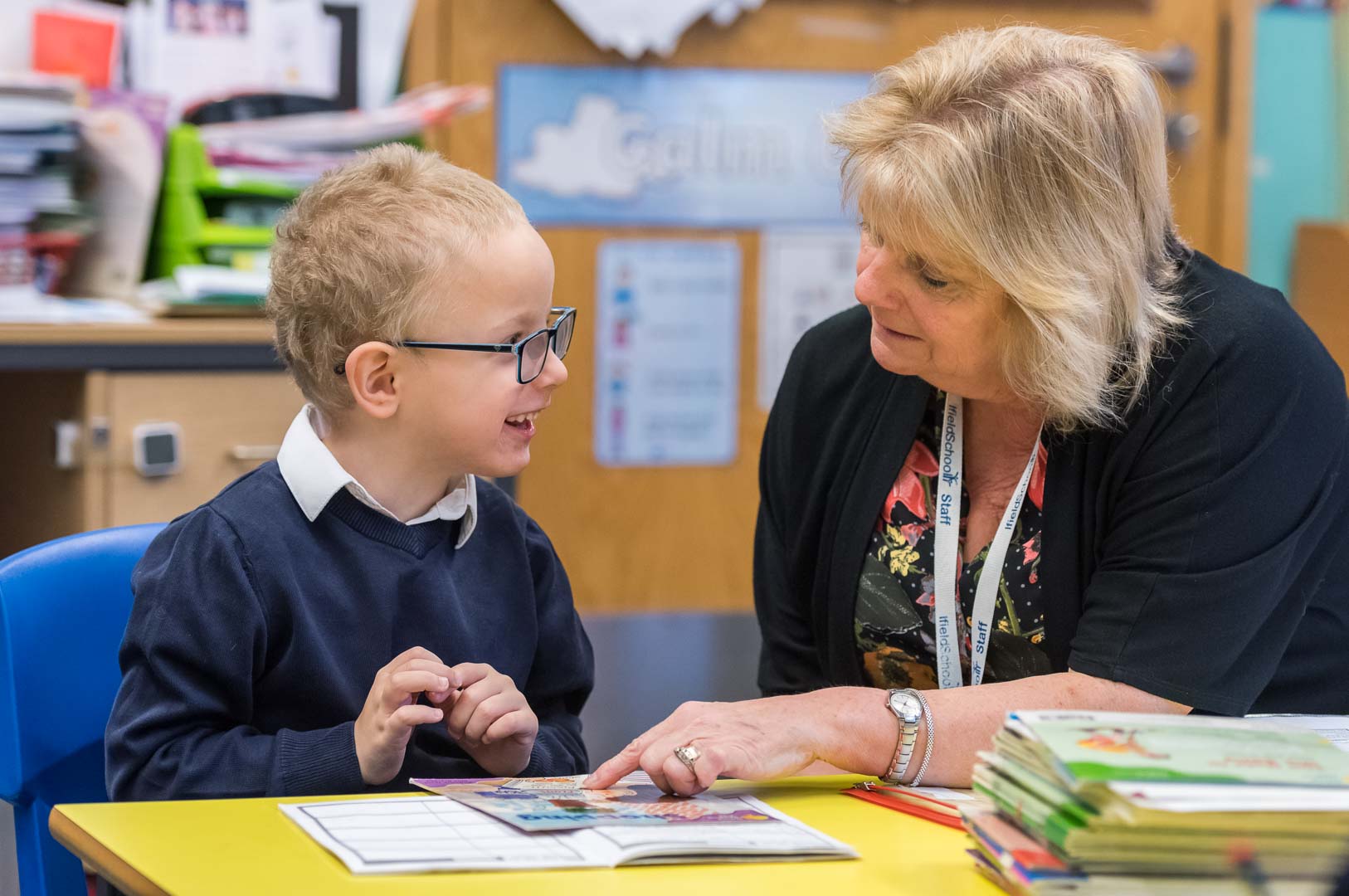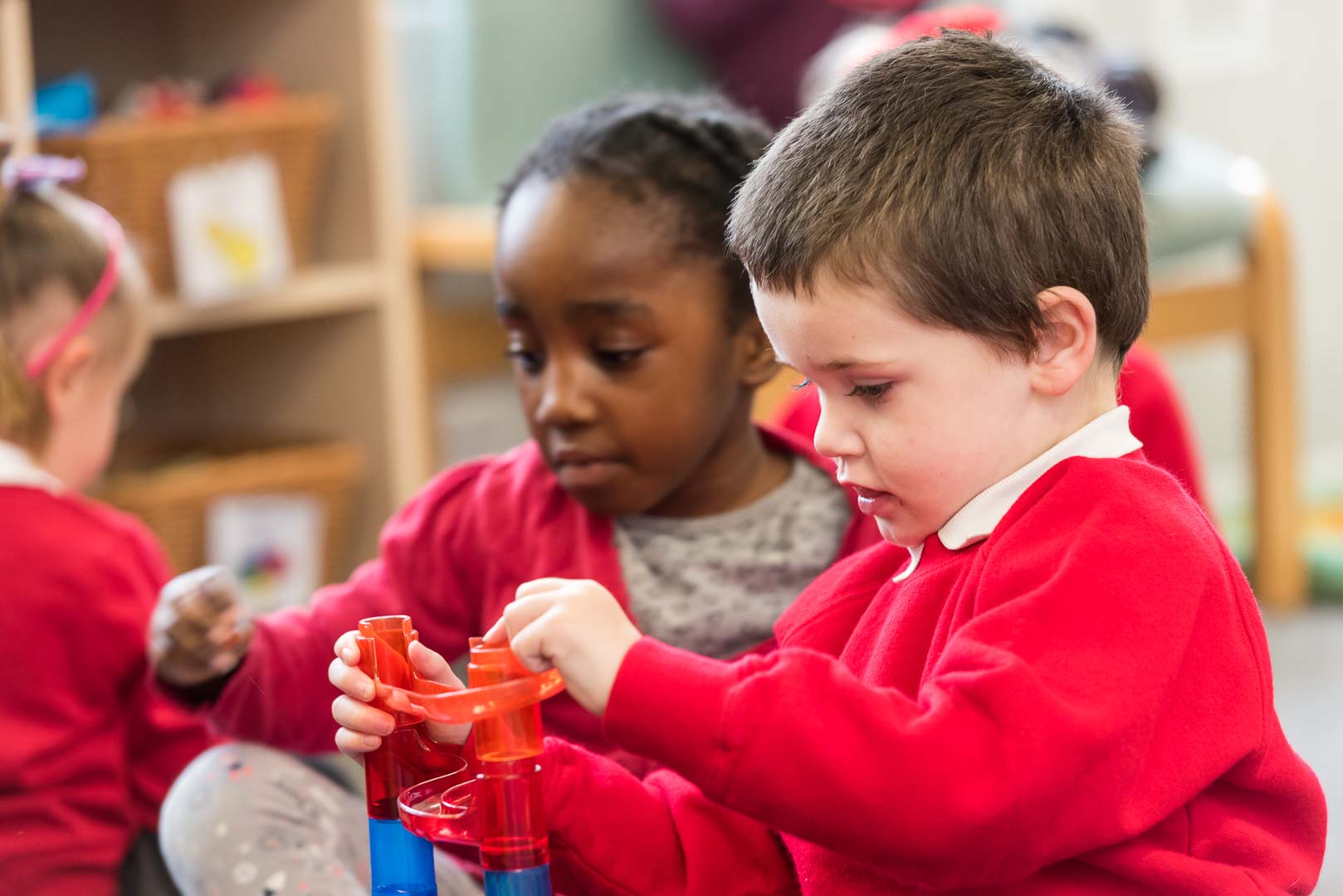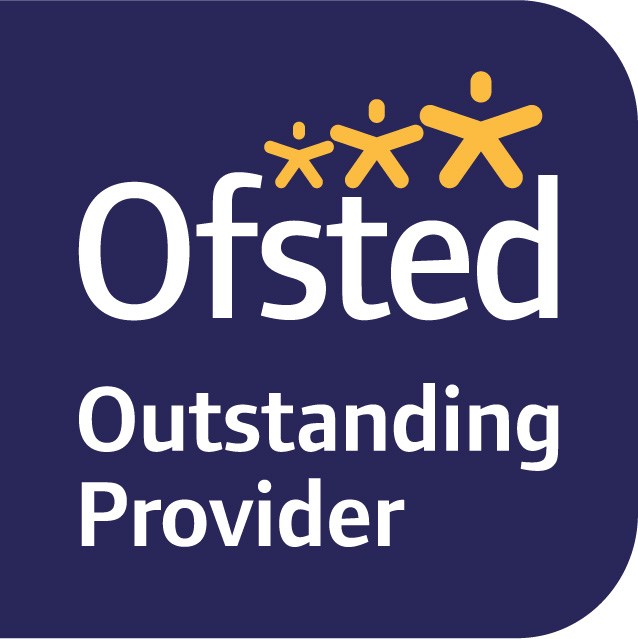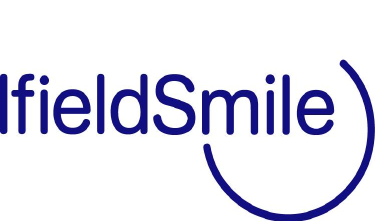Please click content on the right hand side:
Home Learning Tasks
Hazel, Maple, Oak and Cherry
Week beginning 8th June 2020
Below are some suggestions for home learning activities. Where possible the resources have been provided. We fully understand that you may not have all the resources at home to carry out every task.
Internet Safety
Please make sure your children are supervised when using the internet. The sources below have been checked internally at school. Please check them again before sharing with your children to ensure that your internet settings are blocking any undesirable content.
|
ENGLISH - READING |
|
We are learning to comment on stories and think beyond the words
If you can, this week we’d love it if you could read the story Charlie’s Superhero Underpants, by Paul Bright. If you don’t have a copy at home and can’t borrow one don’t worry. There is one saved for you under the reading link and it is a very popular story and there are lots of videos on YouTube of people reading it aloud. Maybe you could have a quick listen to the first page of each video, decide who has the clearest reading voice or the best expression, and watch that one for the entire story. The link below shows the pages up close, so you’ll be able to pause it and read the pages together yourselves if you don’t want to listen to the person you don’t know. Please use this story each day of the week so you get to know it really well, it is a good one. https://www.youtube.com/watch?v=080joyaFMAc
Usually the best way for a child to learn is through modelling, so ideally you’ll have a group of three to practice the skill of commenting on a story. One to read the story and one to model making comments at the right level (examples are shown below). After a few readings with modelling commenting on different days encourage your child to have a go at commenting. You may need to start the phrase and pause before the end to allow them to finish.
Beginner- single word comments or signs for children who are non-verbal for example: windy, plane, hot Medium- very windy, a red plane, funny fox, Charlie’s hot Harder- phrases: clothes blowing away, Charlie’s in a plane, wow - a French fox, it looks hot
You can also add in some fun expressions such as wow, really?, oh dear, oh no, hooray!
Challenge: Watch this Superhero story – Ten Rules to being a Super hero https://www.youtube.com/watch?v=WyzHDKa0a3M
Can your child remember any of the 10 rules after hearing the story a few times? Can they describe the 2 main characters? (Captain Magma and Lava Boy)
Watch the Stay at home Heroes story https://www.youtube.com/watch?v=PaXYos5T7x4 Talk about what you have been doing to keep yourselves and others safe during the Lockdown.
The following are good texts to read with your child this week relating to our new topic: Superheroes
Oxford Owl has a range of super hero stories which can be read together or you can ask it to read it aloud: Zoom Food Hero Academy is Phase 3 Letters and Sounds level. (Easy) Turnip is Missing is Phase 3 Letters and Sounds level (Your child will need to be able to read words with most common letter sounds and blends) The Nosy Cook is Phase 5 Letters and Sounds level. (Your child will need to know all sounds and be able to blend sounds to read unknown words) What is the weather like today? (Phase 3 Level)
Remember, Oxford Owl website eBooks to see which ORT level your child can access. They/you should know which level they usually read at school. After you have practiced commenting on Charlie and his underpants in the story, it is time to practice your commenting skills in a real-life context. This is strictly home learning for your family environment, we will most certainly not be doing this at school! It is also not recommended for any family member who is shy about their undergarments and please be sure only regular pants that are suitable for children to see are used.
Ask each member of your family to bring out a pair of their pants to discuss (clean pants only please, and none that are currently being worn). Comment on the pants stating their colours and who they belong to before moving on to comments which include the use of comparative language – biggest, smallest, oldest, newest, fanciest, most colourful etc. If you’d prefer, go for socks instead as they are a bit more sensible.
|
|
ENGLISH – SPEAKING AND LISTENING AND WRITING |
|
We are saying a sentence out loud before writing it or for non-writers: We are dictating a phrase or sentence for a picture
This week we’d like you to have some superhero fun with your writing using comic style images. If you are good at drawing that’s great, use the blank comic templates in the writing section to draw pictures about superheroes.
You could draw a superhero you admire such as Spiderman or Wonder Woman, or make up a superhero of your own. You could even draw yourself or your mum, dad, grandma, grandpa, brother or sister as a superhero! If you are not good at drawing don’t worry, some superhero pictures can also be found in the writing section. Choose your favourites, cut them up and paste them into the template. Think about what is happening in the pictures and try and order them so that they tell a story.
Activity:
Beginner: Look at some superhero pictures together. Say one word that relates to the picture and write the word in large letters whilst repeating it, encourage your child to watch you write.
Easy: Choose some superhero pictures together and paste them into the comic template. Encourage them to say a word relating to the picture and write this word with a light-coloured pen for them to trace, either in a speech or thought bubble or beneath the picture.
Medium: Draw or paste superhero pictures into the comic template, try and do three in order so they tell a little story. Say out loud what is happening in the picture, mum or dad can help you make sure it makes sense. Change your words if you need to and say them out loud 3 times you have a go at writing them.
Harder: Draw or choose paste pictures into the comic template, do three or more in order so they tell a little story. Say out loud what is happening in the picture. If it doesn’t quite sound right change your words until it sounds great. Once you’ve decided, write your sentence beneath you picture using the superhero word mat to help you and if you don’t know how to spell something just have a go and write all the sounds you can hear when you say the word aloud slowly.
Challenge: Create your own superhero comic using the ‘harder comic template’ and ‘superhero spelling’ to help you. Don’t forget to say your sentences about the pictures out loud before you write them. Can you make them sound better or more exciting? Think about your choice of words and say your sentence twice before you write it to help make sure you don’t miss any words out. We are learning to describe in a variety of ways
This term we are looking at the topic Superheroes we would like you to look at different superheroes and try and describe them. Think of all of the words you could use to describe what they look like (colours, size, type of clothes) Also are they big, small, huge. Try to describe the type of people they are (because superheroes are good people so have good personalities)
Please encourage your child to say three sentences about each picture. Adult to write the words and sentences down for the children to help them when they write their sentences. Try and encourage your child to write a full sentence using the words they said out loud to you.
They may need help with a sentence starter such as: Batman had a ______ _____ cape. Child to write black and shiny in the spaces. Encourage your child to use their phonics to help them sound the words out.
Activity Beginner – have three pictures of superheroes that they can stick colours in communication in print next to them. Easy- as above but your child to say the describing words or sentences out loud to an adult. You scribe for them – then they use these words to write a short sentence possibly with a sentence starter – see above Harder-have 3 pictures of superheroes that they write a sentence beneath each one independently.
Challenge With support children can edit and re-write their sentences after feedback has been given from you. How could we make it better? Capital letters in the right place, add another descriptive word, make sure you have a full stop at the end of the sentence. They could even draw their own superhero pictures afterwards to describe.
Once finished, please help your child to keep their work safe and please send your wonderful work into school for your teacher to read and share with the pupils in school once we are back.
|
|
PHONICS AND HANDWRITING |
|
We are learning how to hear sounds in wordshow to say and write new letter sounds
Ideally, reading and writing go hand in hand so to encourage this we are combining phonics and handwriting for this week’s home learning.
‘Reluctant Writers’ or children who have the knowledge but do not want to write for whatever reason (be it sensory or personal preference) still need to be encouraged to develop their writing skills in other ways. They may dictate and then trace, order letters or words that are provided or learn to find their way round a keyboard so they are able to type. Never give in with mark-making and physical writing though, just keep trying in creative ways like we do at school to make it as motivating as possible.
Beginner (Phase 1): Listen to noises in the environment and letter sounds songs. Interact with letter flashcards, objects which start different letter sounds and playing with magnetic letters. Practice pre-letter shapes in the following order: horizontal lines, vertical lines, crosses, circles, zig-zags and loop-the-loops. Guess the sound game - https://www.youtube.com/watch?v=n1m4h79JZso Guess the animal sound from two options - https://www.youtube.com/watch?v=ucuXAYMYttc
Medium
Beginner Phase 2: s,a,t,p,i,n are the first phonic sounds we should learn. Use the videos below to help you learn and use the satpin resources accessible through our home learning for this week and the ‘pencil control sheets’ but use a marker rather than a pencil to make it easier. letter sound practice - https://www.youtube.com/watch?v=Y0ZILFubEdI phonics song 2 - https://www.youtube.com/watch?v=jPVbJ-IaHIw Phase 2: Phase 2 letter formation sheets, phase 2 picture and caption match, Blending cvc words- https://www.youtube.com/watch?v=3ovJIxTQpsU Tricky words that you can’t sound out - https://www.youtube.com/watch?v=TvMyssfAUx0 ch words - https://www.youtube.com/watch?v=mGSFG37LewA th word - https://www.youtube.com/watch?v=7f74GArsWis sh words - https://www.youtube.com/watch?v=7gBsGxhdt2E
Harder (Phase 3)
Phase 3 handwriting sentences, phase 3 tricky word writing. Tricky words that you can’t sound out- https://www.youtube.com/watch?v=R087lYrRpgY ee words - https://www.youtube.com/watch?v=du3incCU6Xc er words - https://www.youtube.com/watch?v=Taa3ANEyN_Y oi words - https://www.youtube.com/watch?v=Taa3ANEyN_Y
Challenge (Phase 4): ‘Find and write the…’ activity sheets Consonant blends - https://www.youtube.com/watch?v=mPtYpqEwEHo Tricky word spelling - https://www.youtube.com/watch?v=3NOzgR1ANc4 Blending CCVC words - https://www.youtube.com/watch?v=vitLy4GvO44
Please continue working on letter sounds at home, some new links are included below:
Phase 1 – more listening to sounds in the environment https://www.youtube.com/watch?v=n1m4h79JZso
Phase 2 phonics – animations to help learn phase 2 sounds https://www.bbc.co.uk/bitesize/topics/zcqqtfr
Phase 3 Phonics – work your way through the phase 3 sounds and don’t forget the ‘tricky words’. https://www.bbc.co.uk/bitesize/topics/zvq9bdm
Activity: Beginner- collect or make some noisy items (e.g. rattle, shaker made of dry rice/pasta in a cup covered with cling film, two spoons with a rubber band to hold them together, pet’s squeaky toy etc) and demonstrate the sounds they make. Hide them under a cloth and select one to make a noise with. Pull the cloth off, can your child pick up the correct item for the sound they heard? Challenge Can you clap a rhythm that they copy? Can they make a clap rhythm that you try to copy?
Medium-harder: letter sound what’s in the bag/bucket – write down 2 lists of the same sounds at your child’s current level and cut them up into individual sounds and put one set in the bag or bucket and one set face up on the table. Sing the song they know from school “ What’s in the bucket can we see , are you ready 1,2,3?” Then pull out a sound and see what one it matches to. Make sure you are saying the sound correctly and your child tries to say it correctly- Example “ ch” as in chips. Make it even more motivating by saying to your child “ you win ! ” ( turn it into a game) |
|
HANDWRITING |
|
We are learning to form letters correctly
Keep encouraging your child to hold the pencil in a pincer grip, using a short ‘chubby’ pencil or marker is a good way to encourage this. Don’t forget that it’s much easier to use a marker than a pencil and easiest of all is a whiteboard and marker as not much pressure is required.
Don’t forget that mark-making can be encouraged in all sorts of exciting ways – fingers in shaving foam, brushes in trays of sand, chunky chalk on the driveway, large paintbrush and bucket of water outside on the concrete on a sunny day, paint pens on the window… get creative!
We are focusing on horizontal and vertical mark making for some, all lower case letters a-z and numbers 1-20. Some new handwriting activities have been added to the Home Learning. Please encourage your child to complete the sheets. (See Term 5 week 5 handwriting folder)
Activities
Beginner – mark making horizontal and vertical lines, start big and decrease size once ready. Easier- practice writing all letters a-z. Remember to make sure your hand is resting on the table when writing the letters Harder – practice writing all letters a-z and numbers 1-20- make sure you are starting in the right place. Remember to make sure your hand is resting on the table when writing the letters too. Challenge- cursive writing introduction
|
|
MATHS |
|
We are learning to to add two sets or numbers and find the totalsubtract
Last week we practiced addition, this week we are going to work on the inverse (opposite) of adding -subtraction or ‘take away’.
You can practice subtraction in different ways – with counters and physical objects, moving your finger along a number line, moving beads along a string, maxing marks on a whiteboard or blackboard then rubbing them out or our favourite, by eating food counters (grapes/raisins/cheerio’s etc). It is best to use something nice but no too delicious if trying this approach or it will likely go wrong and you’ll be taking away everything and being left with zero every time!
Subtraction is often much harder for children to learn than addition so try and be consistent in use of language to talk your child through the process. Try something along the lines of ‘We have ___ we take away __, how many left/now?’
Activities:
Beginner- sing or watch nursery rhymes containing subtraction such as Five Little Ducks (resources saved under the maths link), 5 Little Speckled Frogs, 5 Current Buns or 5 Little Monkeys Jumping on the Bed. If possible use some visual props to show the items disappearing.
Easy- Use the 5 Little Ducks song with the pictures to count. Pause after each verse saying there are …, take away one (let your child remove a duck), how many now?’ After they count and answer, say the problem you’ve just worked out aloud, ‘five takeaway one equals four.’
Medium- complete the first page of the ‘superhero subtraction’ activity sheet. Cross off the stated amount of superheroes (maybe the bad guys got them?) and count how many were not crossed out.
Harder- complete both pages of the ‘superhero subtraction’ activity sheet. On the second page there are no visible counters, so you’ll just have to use the blank number line. Circle the first number in the equation, then bounce back with your pen while you count out the amount you are subtracting. What number did you land on? That is your answer!
Challenge: If you’re already confident in the aspects of subtraction mentioned above it’s time to move on to the ‘column subtraction’ activity sheet. You’ll be moving on to two digit numbers with no number line or counters with this, good luck maths whiz!Using any small objects you have around the house such as coins, leaves from the garden, small toys, lego pieces, grapes/raisins place items onto two plates. Count the items on each plate separately and then count how many altogether. Repeat a number of times gradually increasing the amount you put on each side. On a small piece of paper write the symbol + and = and create number sentences with your plates e.g. 4+5=9
Easy level- use numbers totalling no more than 10. When counting the total amount of objects take them off the plate and line them up so counting can be more accurate.
Middle level- Use numbers totalling up to 20. When counting totals ask children to leave the items on each plate. Use the symbols to introduce children to the formal method of recording additions.
Higher level- Use numbers up to 20 again but this time write a number on a piece of paper on one plate and place some objects on the other plate. This time ask your child to count on from the first number until they reach the total.
Further challenges:
Easy level- Using pennies make a little shop with small toys or tins from your food cupboard. Put prices on each item up to 5p. Choose two items to buy from the shop and total the cost.
Middle level- Using pennies make a little shop with small toys or tins from your food cupboard. Put prices on each item up to 10p each. Choose two items from the shop and total the cost.
Higher level- Using pennies make a little shop with small toys or tins from your food cupboard. Price each item up to 10p. Give your child up to 20 1p coins to spend in the shop. How many items can they buys? Do they have any money left?
Other fun ideas: If your child is reluctant to access a formal maths session with you how about you give your child an appropriate number of pennies/tokens. Make a price list on a piece of paper for things that they might want to eat as extras throughout the day. (Snacks) Your child can decide what to spend their money on throughout the day. They need to recognise the numbers on the price list, count their coins and start to think about budgeting.
Superhero Maths ideas:
Join in with Spiderman on You tube and count to 100 or join in with Jack Hartmann Zero the Hero and count to 100 in 10’s.
Why not try the superhero addition to 10 worksheets or the missing numbers super hero sheets.
For a selection of maths challenges related to Superheroes try the Challenge cards in the maths folder.
There are some other superhero themed maths activities in the maths folders too. |
|
SCIENCE |
|
We are learning about the weather.about how things change during the four seasons
Do you know what season it is now officially? It has certainly felt like summer for a long time but officially it is still spring. Here are some interesting facts about this spring in the United Kingdom: It has been the sunniest spring recorded since 1929, and this was the driest month of May in 124 years. Have you been enjoying the hot, sunny weather? Do you think you would enjoy it if you were a farmer growing vegetables?
Although sometimes the weather patterns go a bit wrong, generally the 4 seasons show the same patterns and changes. To learn more about the four seasons have a look at the ‘Four Seasons PowerPoint with Symbols’. If you already know about the four seasons, have a look at the ‘Months of the Year Seasons PowerPoint’ instead, thinking about which months fall within the four seasons.
Activity: Look out the window or go outside and observe the weather. Look around you and think about what the trees look like. Can you see flowers? Which animals can you see and what are they doing? Is it warm or cool? What are you wearing and have you chosen the right clothing for the season? Draw what you see and record what you hear and feel. If possible collect some sticks and different coloured leaves to make a collage when you go back inside, or use coloured paper instead. There are some examples of season collages for you to look at in the science section of this week’s home learning along with some additional activities.
Beginner: seasons sorting activity Medium-Harder: seasons matching activity and if you’ve signed up to Twinkl try the fun interactive ‘What Season am I?’ PowerPoint, guessing as quickly as you can! Challenge: the four seasons tree activity sheet – use the template to collage or colour the four trees to show them in their different seasonal states. Choose your two favourite seasons and describe how the trees look and what happens to them.
Watch the daily weather forecast together, draw your child’s attention to the weather symbols. Talk about what the different symbols mean. Discuss how the weather forecaster stands to the side of the map and talks about different aspects of weather. E.g. temperature, type of weather and wind.
Activity
Challenge
Talk about what type of clothing your child would need for different types of weather. E.g. wellington boots and a coat if it is raining. A coat if it is cold outside even if the sun is shining. Shorts and t-shirt if it is hot outside.
You can challenge your child to find different outfits for different weather conditions or you can sort the clothing pictures according to the weather symbols. (science folder term 6, week 1 home learning).
|
|
HISTORY |
|
We are learning about a historically important person – Mary Seacole
Watch the following videos to learn about the amazing lady who is famous for making special medicines from herbs. She also payed paid for herself to go to a dangerous war called the Crimean Wwar. She spent all of her own money helping soldiers who were unwell over 100 years ago!
https://www.bbc.co.uk/bitesize/topics/zns9nrd/articles/zjsxcqt Watch the cartoon video clip reallyclip really carefully and complete the sequencing activity below.
Then watch the Mary Seacole powerpointPowerPoint ( History home learning) and complete the activities below. All the necessary resources can be found in the History home learning folder.
Activities
( All resources found in the History home learning folder)
Challenge Nurses were very important then and especially today show you thanks by printing off a tThank you card template for the NHS and deliver it to your dDoctor’s surgery or display it in your window. If you don’t have access to a printer you could make a rainbow with coloured toys and take a photo on your phone. We would love to see some of these at school. They can be emailed to the school office.
There are a large number of printable resources on Twinkl related to Nursing, Mary Seacole and the NHS.
|
|
PSHEFOODTECH |
|
We are learning more about superfoods.how to be safe online
How was your superfood smoothie last week, did you enjoy it? If you didn’t get around to it don’t worry, we are giving you another chance. If you did make one, well done. This week your challenge is to make one that is either taster or healthier than the one you made last week. Hopefully it will be both healthier AND tastier!
Watch the BBC bitesize video https://www.bbc.co.uk/bitesize/topics/zfcvhbk/articles/zkcj92p then share the e-safety story Buddy the Dog. Afterwards talk about what did the girl do that was not safe, and what did Ben do to stay safe online? Now share the rules of e-safety (they are saved under PHSE.)
Activity
|
|
FOOD TECHDT |
|
We are learning abto look at different designs by others out
This week we will look at other people’s work/design and then design a superhero mask of our own. Look at examples of superhero masks. Explain which ones theyyou like and why. Make a design for a superhero mask of theiryour own, using the examples for inspiration. Use paper, card and other materials to cut, stick and fold their masks. Use, and then use paper, paint and drawing materials to add detail and decoration for a finished result. superfoods and which food groups they are in Identify the main food groups including fruit and vegetablWatch the video on super foods- https://www.youtube.com/watch?v=dpjti28vUzA
Healthy ‘superfoods’ are foods that a superhero would need to eat to grow strong and stay fit and welDescribe how particular foods smell and taste, referring to laminated key words such as crisp, crunchy, juicy, sweet and sour. Sample distinctive flavours like mint, orange, lemon, banana, pepper, pineapple and ginger and try and describe them using the words for help. Try following simple recipes to prepare some superfood dishes!
Activity 1. Look at examples first (DT folder on Home learning.)Cut up and make some superfood dishes to try. 2. Design their own independently or a template to start and decorate it in any way they you choose.Make a recipe using superfoods- blueberry smoothie https://www.dinneratthezoo.com/blueberry-smoothie/ 3.Ask someone else in the family to do the same as above. 4. Look at the different superhero masks and say if you like or dislike it and give the reasons why.Place blueberries, banana, apple juice, Greek yoghurt into a blender or smoothie maker - blend it all together and drink.
|
|
ART |
|
We are learning to use lines to represent a shape or outline.create an optical illusion
Create a back drop for a superhero photo shoot to make it appear as though you are flying high in the sky above the buildings. Have a look at the very cool examples in the art section to help the instructions make sense.
Activity: If you don’t happen to have a blue or black carpet or sheet, paint large pieces of paper or flattened delivery boxes – blue for the day time, or black for the night sky. You may like to add cotton wool clouds, foil stars, or paint or collage these features on yourself.
Next create your sky scraper buildings or houses using cereal boxes and drink cartons or craft paper. Stick lots of squares onto them to make the windows.
Spread your sheet or background flat on the floor and arrange your buildings at the bottom. If you have a superhero costume put this on, if not you can improvise with a large pair of sunglasses, borrowed long boots or wellies and a towel for a cape. Keep in mind that many superheroes favour the following colour combinations when choosing your outfit: blue and red, blue and yellow, red and yellow or yellow and black. They are also have been known to wear their underpants on the outside of leggings while their costumes are at the drycleaners.
Once your backdrop is ready and your looking like a superhero, lie down with arm out straight with a fist as this is a common superhero flying pose. Have an adult take your picture, it will look better if they are up high. Remind the photographer to zoom in so that you can’t see what is outside of your backdrop or this will spoil the magic of your illusion. Otherwise, edit the photo by cropping once it has been taken.
Challenge: Create a London cityscape which includes landmarks such as London Eye, The Gherkin and the Shard.
This week our Art is linked to our topic ‘Superheroes’. Look at some of the superheroes in the home learning folder – your child is going to draw or put together their own superhero- thinking about colours, clothes, size, hair, masks etc
Activity
Or
Encourage your child to talk to you about why they chose to draw it in a certain way or design a new superhero. Display the works and hold an exhibition in your house. Encourage other members of the house to join in too.
Challenge Can they teach someone else how to draw a superhero? What bit should you start with first etc |
|
LIFE SKILLS |
|
We are learning to know what clothes to wear for different weather.
First activityActivity F- find a range of different types of clothing from around the house such as: rain coat, umbrella, sunglasses, jumper, short sleeved t-shirt, vest, summer dress , wool tights., sunglasses, swimsuits.
Today you are going to try and sort clothes for different types of weather. .
If you have any hula hoops use them or put string down in circle shapes to help sorthelp sort out clothing forclothing for winter and summer. Discuss that sometimes it rains in summer butsummer but is still warm too and sometimes it can be sunny in the winter but still cold.
Second Aactivity: Pplace the correct items of clothing onto the paper doll person (couldand you could also put your child’s face on the doll for fun. ) https://www.education.com/slideshow/paper-doll-dress-up-party/winter-paper-doll-2/
Some paper dolls have already been put in the Life Sskills folder on home learning but it might be fun to search for you own ones, winter, summer, rainy day etc.
Third Aactivity: - Moveing on to taking off and putting on to easier actualsimple items of clothing such as trousers and vests, then move ing on to trickier items like tights and, doing up zips, buttons and shoelaces.
Please practice putting on and taking off clothes as independently as possible- this will help when you are back at school too.
Challenge: Shoelaces- you could do this with real shoes or make a cardboard shoew that you makewith holes for the shoelaces and attach an old shoelace for them to practice as often as they you can.
See below for instructions- encourage your child to do as much of the making of it as they can – just support where needed.
https://www.youtube.com/watch?v=II-v1-DJ9r4
|
|
RE |
|
We are learning about Hinduism
Recap what you looked at last week and rk Remind yourself about how Simran and Vraj, how are they the same as you and how are they different?
Watch the powerpointPowerPoint in the RE home learning folder about some of the differences and similarities tin the here are rules, between for Hindu’s and Christians.
Discuss with your child about the God or gGods they believe in, the place where they worship, the holy book, or script and the meaning of the important symbols.
Now wWatch the video below about Hinduism and dance and their different Hindu gods:
https://www.bbc.co.uk/bitesize/clips/z6q6sbk
Activity
Challenge Repeat -Higher ability pupils can study therevisit the Hindu gods using the fact file cards and then complete the matching activity remembering which god is responsible for which things. Do the Hindu gods remind you of anybody (real or imaginary) that you know? Which Hindu god do you admire the most and Wwhy?
|
|
PE |
|
We are learning how to be ‘super-fit’
Print off or view Superhero challenge cards and see how many you can do this week to stay active and fit.
Fine Motor pencil control super hero sheets (Found in resource folder)
Fine motor scissor skills Superhero sheets (Found in resource folder)
https://www.youtube.com/watch?v=Py4fhsx3Ct4 Superhero dance
https://www.youtube.com/watch?v=uYi1kyMeFHQ Avenger exercises
Remember Joe Wicks does a daily workout session at 9.00am everyday available on his You Tube channel.
|
|
SENSORY |
|
We are exploring food through smell and tastetrying a new healthy food
Many fruits are considered superfoods, which is why superheroes often snack on them when they are off duty to help replenish their powers. This week we would like to challenge your whole family to trying new exotic fruits you have never tasted before. Next time you are shopping, check out the fruit, world foods and canned fruit section of the supermarket to see what you can find. If you take on this challenge, be sure to email your teacher at school via the office to let them know what you have tried and whether or not you liked it.
If you’d like to watch some other people being brave and trying new exotic fruits first, watch the video of Americans Jazzmyne, Chris, Kelsea and their Japanese friend Rie taste testing rambutan (similar to a lychee), dragon fruit, and cherimoya … or is it a dragon’s egg?? https://www.youtube.com/watch?v=bczDUaKdebo
Beginner: touch and smell the new fruits and watch another eating it or feed some to mum or dad. Medium: learn the names of the new fruits and taste them. Did you like or not like them? Were they sweet or sour? Which one was your favourite: Challenge: Try several exotic fruits and use google or Wikipedia to look up which countries they grow in. Write a review of the fruit including how it tasted (sweet, sour, salty, tangy, bitter) and what texture it was (hard/firm, crunchy, crisp, soft, squishy, mushy, moist).
Explore food through smell and taste. Collect samples of various items and put them into smelling pots (small containers with paper with holes poked in it covering the top). Can you guess which food is in the pot? If possible match it to a symbol for the food (see foods to smell symbol sheet) without peeking inside the pots. Say if you like or don’t like the smell (non-verbal children may show thumb up or down) or sort them into piles of smells good and smells bad. Now be brave and taste the foods! Which do you like the taste of and are the foods you like the taste of the same as the ones you like the smell of? Does anything smell good but taste bad and visa versa.
Activity Exotic fruits/new foods taste test: next time you are at the supermarket try buying some new foods that your child hasn’t tasted before but you think they may like. Encourage them to try something new, even if it means they just touch it on their tongue. To encourage picky eaters offer just a tiny bit with a favourite food for afterwards as a reward and remember that exploring (touching and smelling or even feeding to mum or dad) is still a good way to build food tolerance.
Challenge High ability pupils could try categorising the foods they taste – are they sweet, sour, salty or tangy (umami)?
|
Useful Websites (May 2020)
Currently Busy Things are charging £1.00 per month for subscription during the school closures. This website has learning activities and games for the age range 3-10 and can be found here: https://www.busythings.co.uk/
Oxford Owls has a range of ebooks that are levelled to read, some of which have activities linked to them for comprehension.
Phonics Play is free to use at the moment and has a range of games. To access for free, use the following details. User name: march20 Password: home
Remember that Twinkl has a range of printable resources and PowerPoint teaching aids to access free at the moment and ICT games.com is great for literacy and maths-based activities/games.

